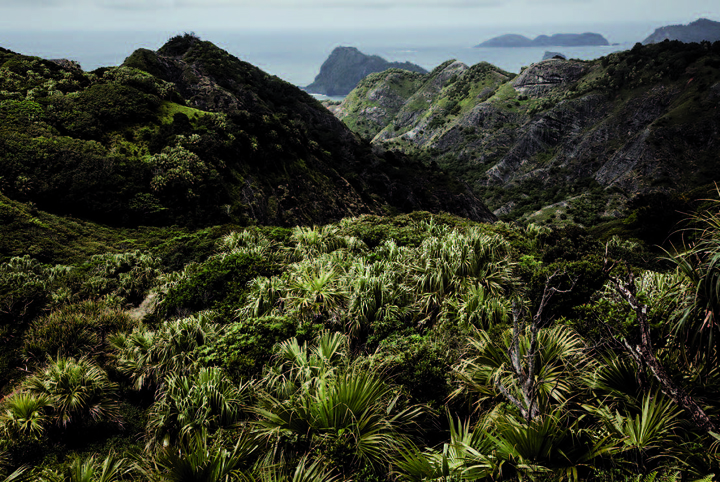

Shibuya, Harajuku and even Shinjuku are all part of Tokyo, but so is this string of islands 1,000 km from the city.
From the bridge of Ogasawara Maru, passengers take photos of the first reefs of the Ogasawara archipelago to come into view. Surrounded by mist and covered with dense vegetation, the islands paint a picture of a subtropical Japan, a far cry from kimonos and Zen gardens. And for good reason, as this string of around thirty islands 1,000 km from Tokyo, lost in the Pacific Ocean, were once virgin territory visited only by New England whalers. One of them, Nathaniel Savory, decided to establish a colony there in 1830. It was only in 1880 that the islands, still known as the Bonin Islands “Islands without people”), became part of Tokyo Prefecture and were renamed Ogasawara. The islands’ first residents mingled with fishermen and farmers from Japan. To this day, Ogasawara feels like the ends of the earth to many Japanese, inaccessible and mysterious.
Getting there takes 25 hours from the Japanese capital, a journey time that has hardly changed in the last 35 years since the Ogasawara Maru started making the trip. This gigantic boat has six different classes of cabin, including the most inexpensive on the lowest level, with just a tatami to sleep on, and is not recommended if you have a weak stomach. Despite its size, the ship pitches forwards and backwards, preventing any lateral movement. Only the local islanders, who have lived through worse, continue to calmly sip their shochu, a spirit made from sweet potato. “The typhoon season has not yet come, but the sea is temperamental. Let’s hope we don’t collide with a whale on our way,” remarks the captain, Takahashi, in his cabin. A century and half ago, men braved the choppy sea in canoes to harpoon the whales and bring back the fuel that was worth its weight it gold: whale oil, used to light the fire in everyone’s hearth.
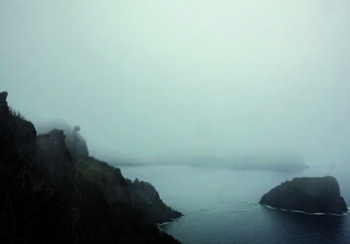
As a UNESCO World Heritage site since 2011, Ogasawara is filled with species that are threatened by extinction, and attracts tourists who are passionate about flora and fauna. “We have a bat with red fur called the “flying-fox”, it can measure up to 1.5m!”, the guide for our walk, who is from Ehime Prefecture on Shikoku Island, tells us. We are walking through a jungle covered in roots and full of caves. Ogasawara is also a site with historic remains. Among the octopus-like tree trunks and the twisted branches of fig trees lie the ruins of the Second World War: trucks, bunkers, pieces of china plates- all silent witness to the life of a soldier. At an altitude of 300 metres, heart-shaped Heart Rock is unique. It offers an incredible view out to sea, a cobalt-blue surface surrounded with green. In the distance, the blow of a whale rises upwards like a white fountain. Once hunted but now protected, humpback whales attract considerable tourist income elsewhere. “Because access to the island is difficult, there’s no mass tourism here, which contributes to the preservation of Ogasawara’s ecosystem,” Shibuya Masaaki, the vice president of the Ogasawara Village Tourist Association, assures us. There’s no airport planned for the Bonin Islands. “Those are the conditions required by Unesco to be listed as a World Heritage site,” he adds. Far from being a giant tourist resort, only charming and comfortable B&Bs and small family hotels are on offer to relax after a day spent exploring the jungle or the ocean.
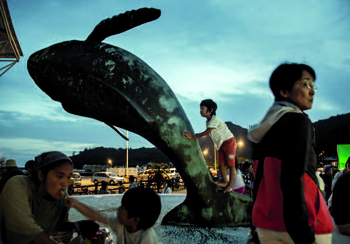
The next day, we head to Hahajima Island, 50km south of Chichijima. With 450 inhabitants, it offers similar hikes to those found on Chichijima, but in an even wilder setting. At the beginning of the 19th century, this fertile island welcomed the first settlers here from Japan, who came to produce sugar cane. Komatsu Hiroko, one of the farmers, is a direct descendent of the first Japanese colonists, and was born in 1944, but lived in exile with her parents on the main island of Honshu. “We were driven out from Habajima by the war, and we were only able to return in 1968. When the island came under United States control in 1945, no Japanese were allowed to return,” she says, while picking fruit in her orchard. Fujitani Akinori was one of TRaVeL 18 zoom japaN number 53 july-august 2017 sun, Little George wears a T-shirt depicting American soldiers raising their flag on Iwojima, the most famous island in the Pacific War, where 20,000 Japanese fighters perished. The whales are nowhere to be seen, but we continue to sail across translucent waters teeming with thousands of different tropical fish. The mist rises. We make a stop at Minamijima, a deserted island with a beach of quartz sand and extraordinary rock outcrops that plunge straight into the sea. Finally, after more In Chichijima harbour, the whale memorial reminds us of their importance to the inhabitants. Stefano de luigi for Zoom Japan the new residents on the island. He came from his hometown in Aichi Prefecture, west of Tokyo, 20 years ago. Lean and tanned, he inherited the fields that he farms, with their un-matched view of the ocean. “You can even hear the whales,” he exclaims. There’s only one problem: the two canons from the last war located in the middle of his meadow. “My friends come here to take pictures, but it’s very disconcerting to have these remains from the last war on your property,” he says, with a little laugh. He and his wife grow tasty passion fruit as well as their famous Hahajima cherry tomatoes, which tourists enjoy eating. A few minutes away on foot, you can visit Hahajima’s rum distillery, which produces 4,000 bottles a year. “Bonin Rum,” which, in times past, pirates and sailors used to get drunk on, now has difficulty competing with shochu, a spirit made from sweet potato or wheat, beloved by the Japanese. But it still plays a part in Ogasawara island’s history. “Taste this 25-yearold rum,” Mr Orita suggests. The evening air is filled with heady perfume. Under the fig tree looking out towards the harbour, the islanders meet after work: fishermen, farmers or office workers like Kadowaki Osamu who works in an agricultural co-operative in Hahajima. Originally from Tokyo, he one day became fed up with his daily 3-hour commute, and quit his job to come and settle here. “Hospitality and quality of life is worth all the comfort in the world,” he says with a big smile.
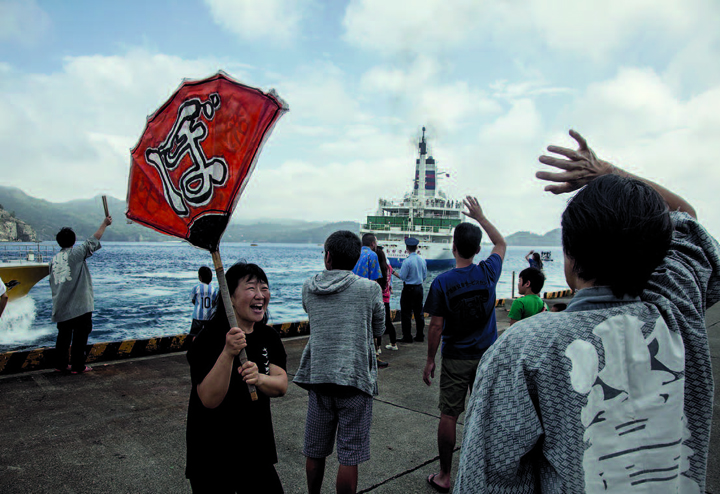
For our last day in Ogasawara, our cruise heads 130km to the west of Chichijima, to observe a new island that has emerged from the depths of the sea. In 2013, Nishinoshima, or West Island, was front page news across the globe, and its evolution continues to fascinate the media. “The underwater volcano erupted in 2013, creating a small stretch of land east of the original island of Nishinoshima, which appeared in 1973 following another eruption. The new island has grown so much that it has formed one larger island with Nishinoshima,” says Kawakami Kazuto, an ornithologist from the Forestry Research Institute. Tourists and their families have now gathered on the bridge of the boat. Sea and sky merge into one. Then suddenly, the conical form of Nishinoshima appears with its plume of white vapour and its only inhabitants, black and white ka-tsuodori (northern gannet), flying above it. Back in Chichijima, we spend our last evening at the Yankee Town bar, in the old neighbourhood of Obeikei. Its owner, Rance Ohira Washington, a fifth generation islander, has a collection of stories about the island: pirates, old maps and treasures. “I’m sure there’s hidden treasure somewhere in my grandmother’s home! We found a gold coin from 1831,” he says. Dressed in an overall, with piercing and slanted eyes, he returned from the United States looking for a sense of identity. “Japan doesn’t teach our children about our history, and we have a real responsibility to pass it on,” he says. For an island at the ends of the earth, Ogasawara still feels like a port open to the whole world and its continents, mid-way between Asia, Oceania and the United States. The next day, the Ogasawara Maru sets sail from Chichijima harbour with the sound of the wadaiko, the Japanese drums, and Hawaiian dancing. The whole village has come to wave goodbye to the passengers huddled on the deck with tears in their eyes. Dozens of small pleasure boats come to join this farewell display straight out of a scene from a film, and to accompany us out of the harbour with cries of “See you again soon!” Petals of red hibiscus, a gift from the islanders, float away on the water, reminding us to find our way back soon to the enchanting islands of Ogasawara.
ALISSA DESCOTES-TOYOSAKI
THE ONLY WAY TO REACH OGASAWARA IS BY BOAT.The ogasawara maru travels between Tokyo’s Takeshiba terminal and the port of Chichijima. For more information about reservations and prices, visit the website of the ogasawara Kaiun maritime Company, which arranges the crossing:www.ogasawarakaiun.co.jp/english/reserve/howto.html

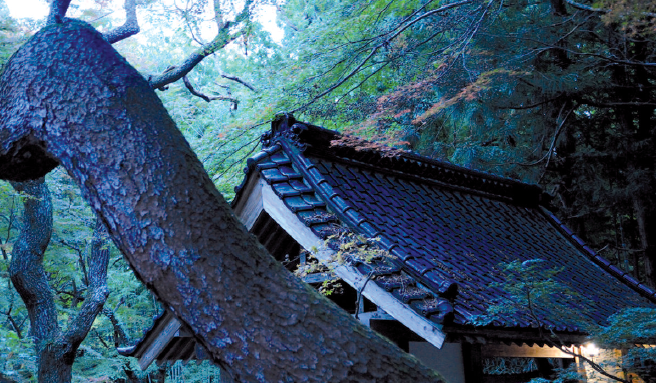
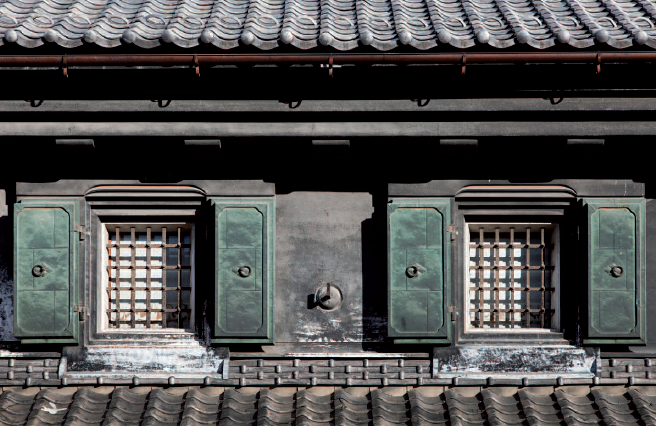
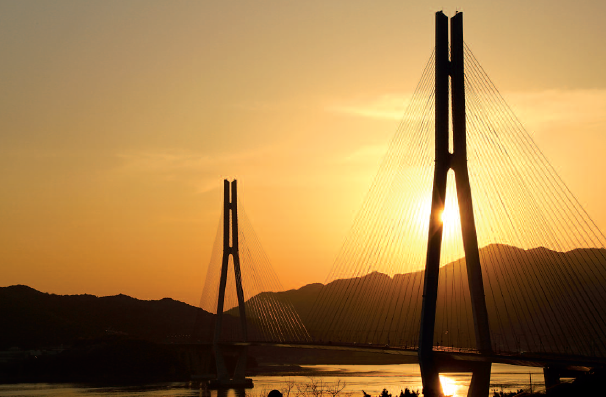
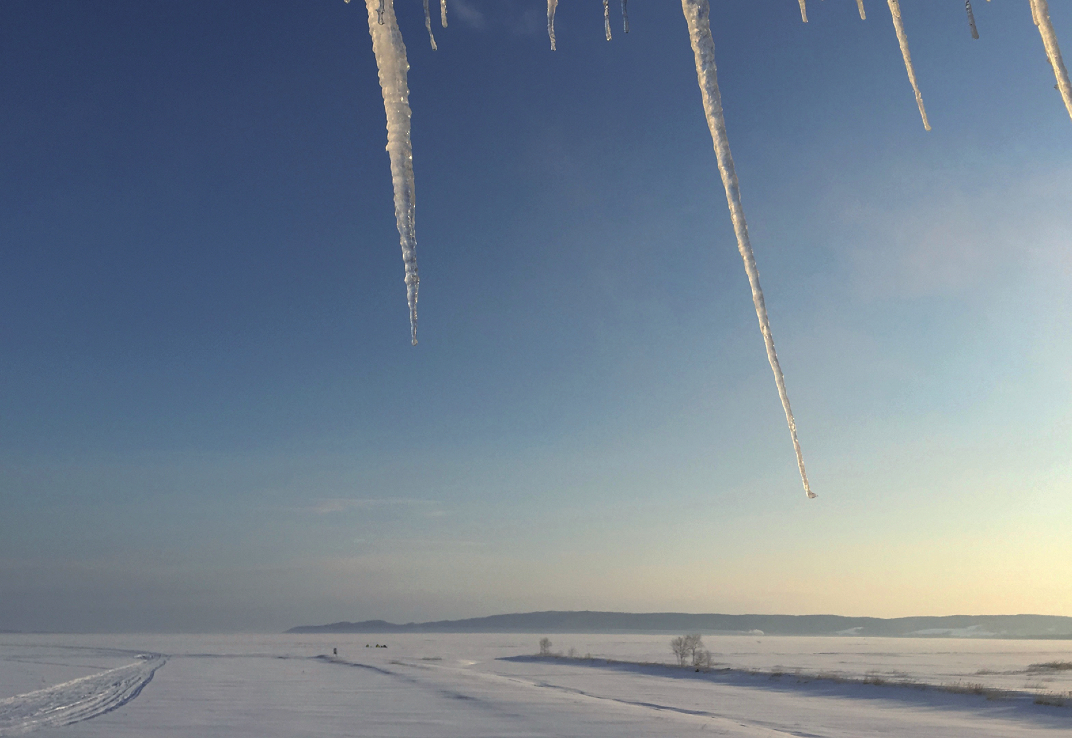
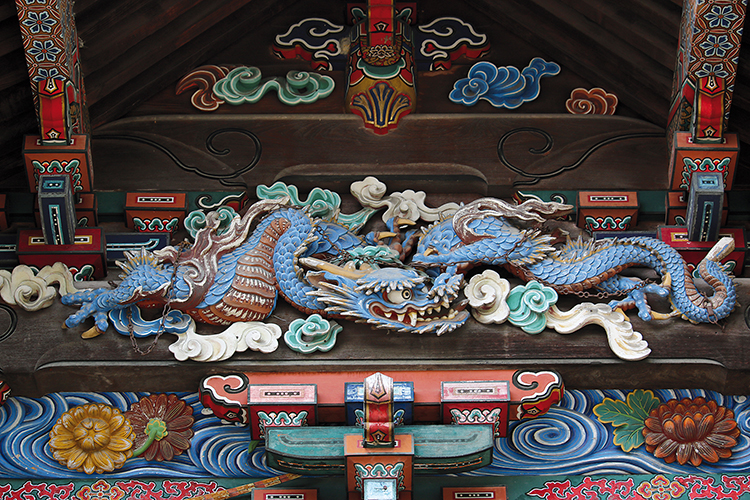
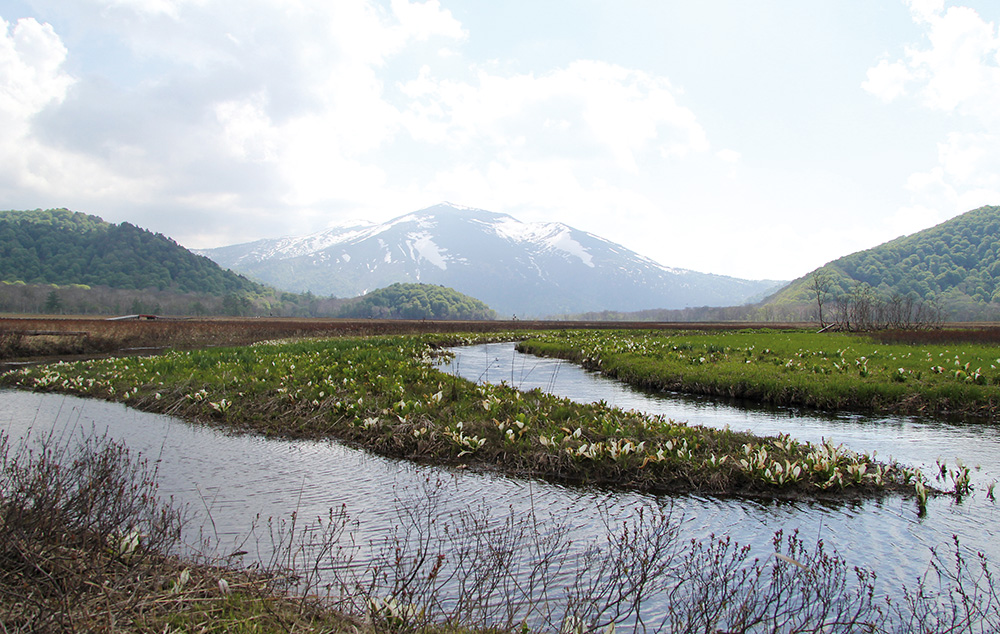
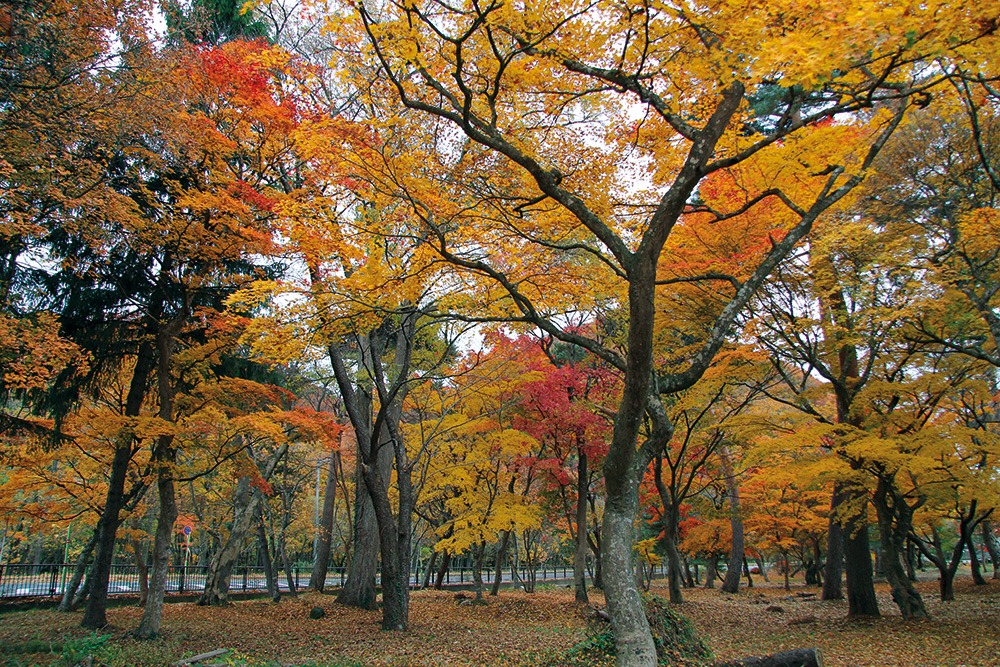
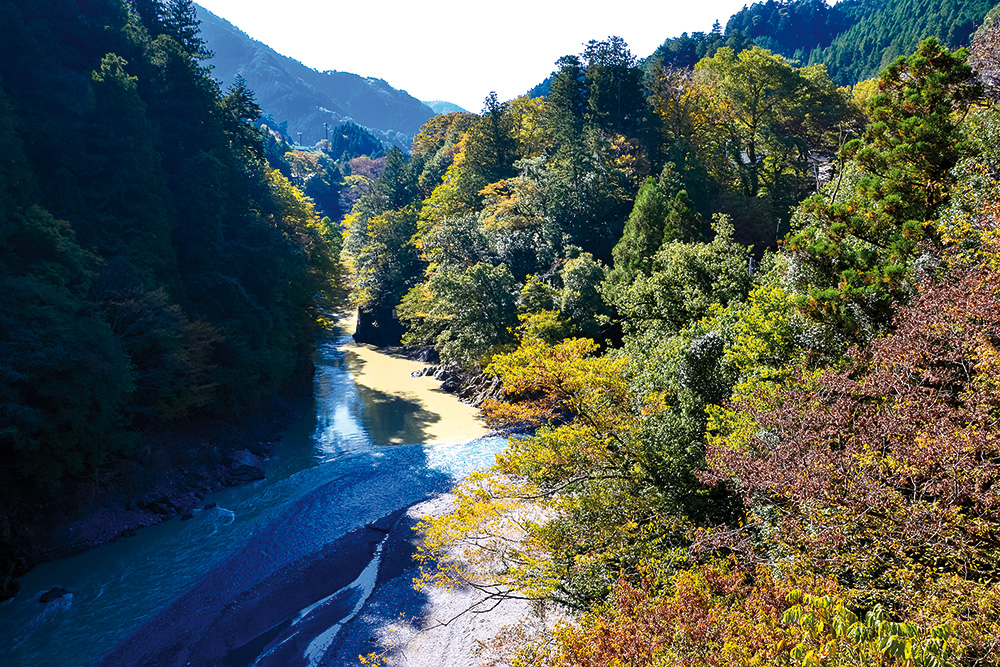
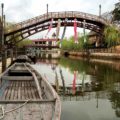
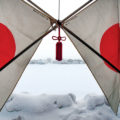
Leave a Reply